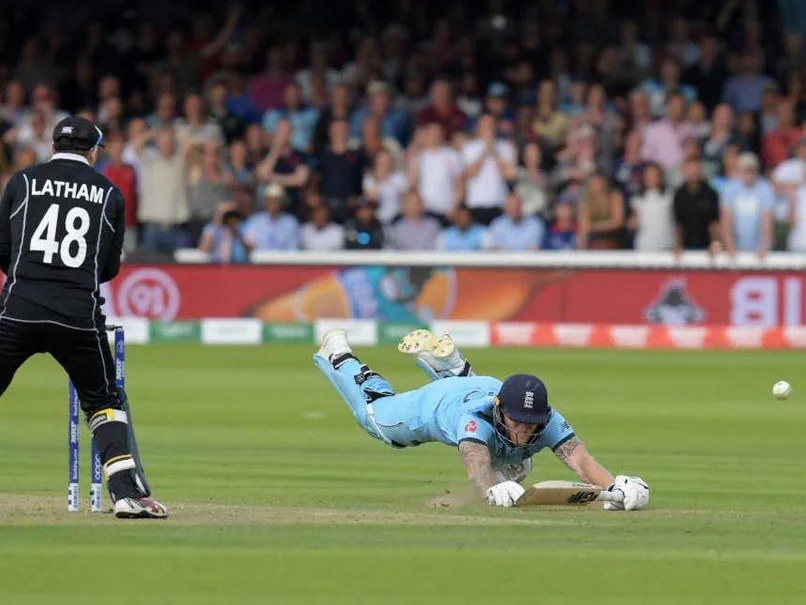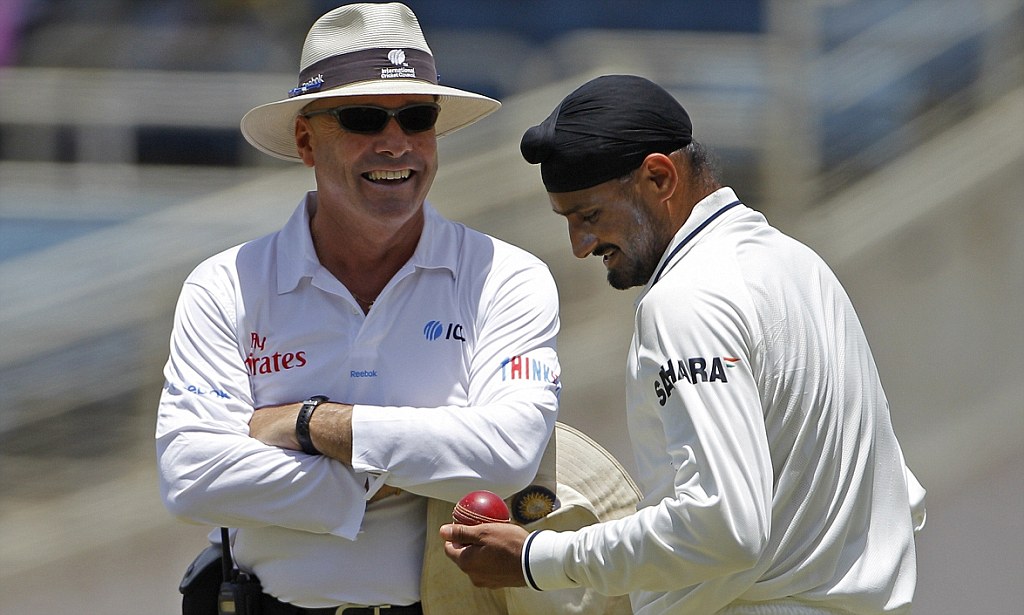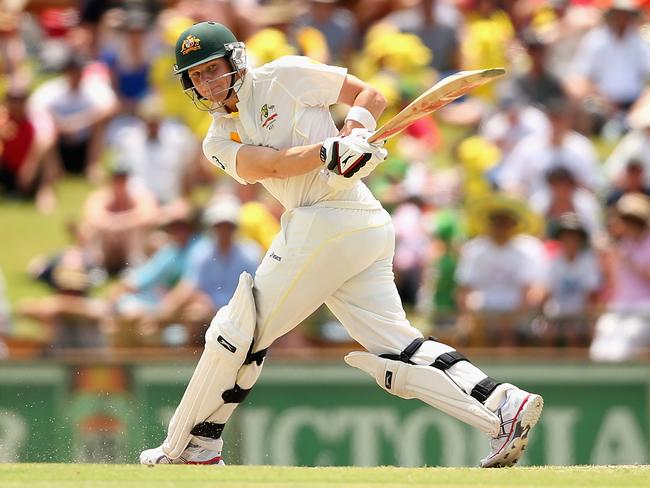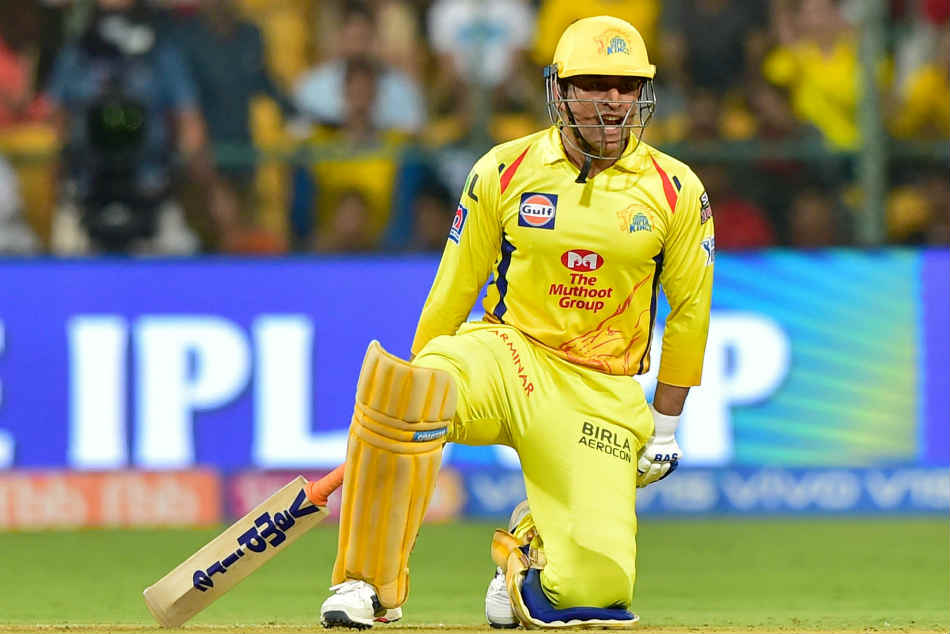Table of Contents
Introduction
Cricket is known for its spirit of fairness, but every now and then, umpiring controversies shake the sport to its core. From missed no-balls to shocking LBW calls, some decisions have not only sparked outrage but changed the result of the match entirely. Let’s revisit 5 of the most game-changing umpiring controversies that left fans furious, players stunned, and the cricketing world divided.
1. 2019 World Cup Final – The Overthrow Chaos

Match: England vs New Zealand
Controversy: In the final over, a throw deflected off Ben Stokes’ bat and went to the boundary, awarding England 6 runs. According to rules, it should have been only 5.
Impact: That one run took the game to a Super Over. Had 5 been awarded, New Zealand might have won outright. Still debated to this day.
2. Sachin Tendulkar Given Out – 1999 Adelaide Test

Match: India vs Australia
Controversy: Tendulkar was given LBW off Glenn McGrath despite the ball hitting his shoulder. Replays showed it was nowhere near the pad.
Impact: India collapsed after his wicket. Fans called it one of the worst umpiring decisions ever against a top batter.
3. Daryl Harper’s Horror Calls – India vs West Indies, 2011

Match: Kingston Test
Controversy: Harper made multiple bad decisions — including a wrong caught-behind on Kohli and a shocking LBW on Raina.
Impact: BCCI officially complained. Harper later withdrew from the next match. One of the ugliest umpiring controversies involving India.
4. Steve Smith’s Phantom Edge – Ashes 2013

Match: England vs Australia
Controversy: Smith was given out caught behind even though the ball missed bat and gloves. Hotspot and Snicko showed no edge.
Impact: Australia were gaining momentum, and his dismissal derailed the innings. Even England fans called it harsh.
5. MS Dhoni’s Run-Out – IPL 2019 Final

Match: CSK vs MI
Controversy: In a tight chase, Dhoni was run out in a very close decision. Replays were inconclusive, but he was still given out.
Impact: That wicket tilted the game in MI’s favor. CSK lost by 1 run — and fans still argue over that call.
The Role of Technology in Reducing Umpiring Errors
With the rise of Hawk-Eye, Snickometer, and UltraEdge, cricket has evolved significantly. Today’s umpires are aided by layers of technology, but pressure, bias, or miscommunication can still result in blunders. The DRS system has helped reduce mistakes, but it still isn’t perfect — especially when teams exhaust their reviews early.
Lesson: Technology helps — but doesn’t erase — human fallibility.
Why Umpiring Controversies Matter
A single wrong decision can change the outcome of a match, especially in big games like finals or World Cups. While technology has reduced errors, the human factor still exists. Umpiring controversies affect rankings, careers, and even fan loyalty.
Even with modern tools and elite training, umpiring controversies continue to haunt the biggest stages, reminding us that cricket is still a game ruled by imperfect humans.
Cricket thrives on precision — but these umpiring controversies remind us that even at the highest level, perfection is hard to come by. Whether accidental or debatable, these moments have left lasting scars on fans and players alike. As the game evolves, so too must the systems that ensure fairness — because in cricket, every ball counts.
FAQ: Umpiring Controversies in Cricket
Q1: What is the most controversial umpiring decision in cricket history?
Many cite the 2019 World Cup overthrow decision as the most impactful and debated umpiring controversy ever.
Q2: Has technology completely eliminated umpiring errors?
No. While DRS, Snicko, and Hawk-Eye help, some decisions still rely on on-field umpires, which can lead to mistakes.
Q3: Can teams appeal against umpiring decisions?
Yes, teams can use limited reviews (DRS), but if those are exhausted or not available, the umpire’s decision is final.
